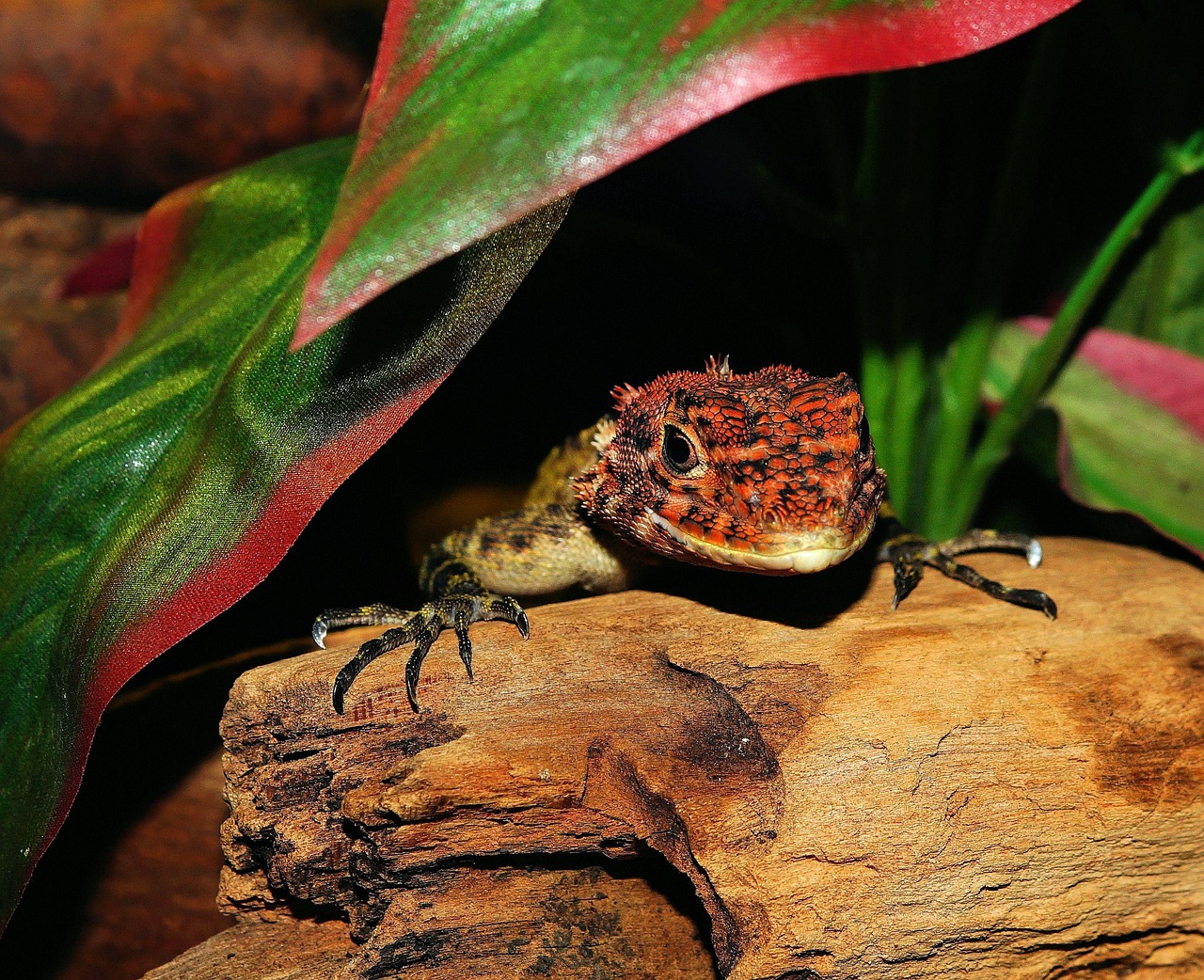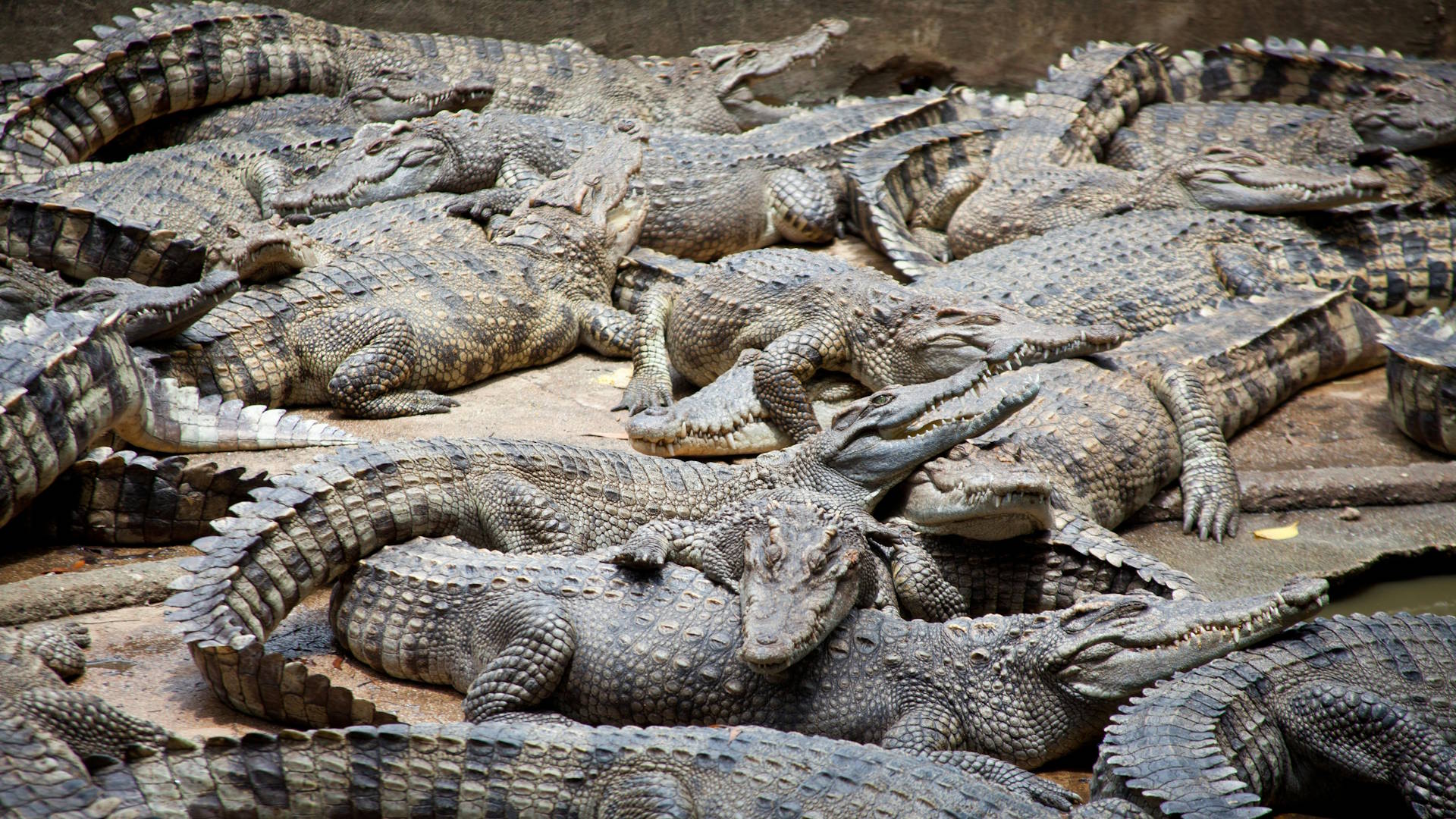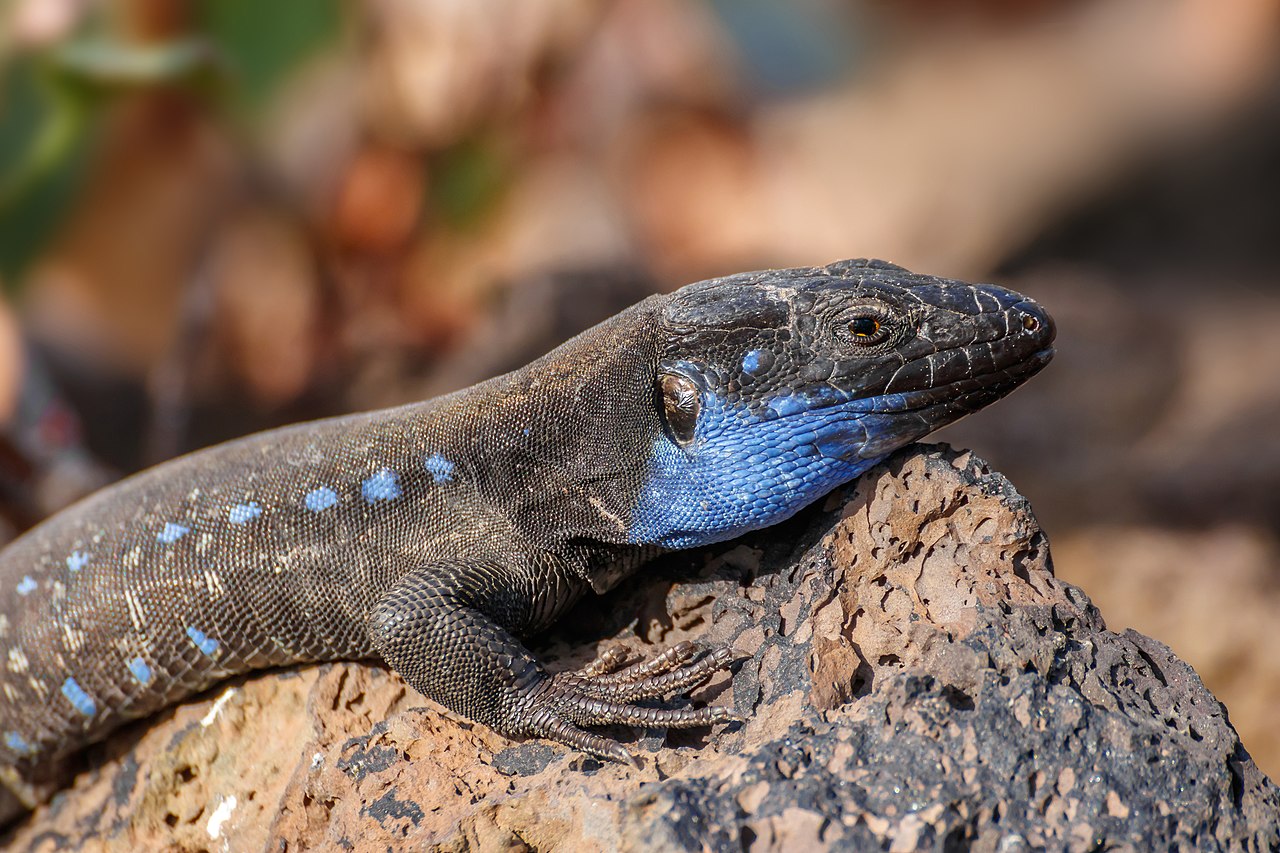The world of reptiles is as diverse as it is ancient, with species ranging from tiny geckos to massive saltwater crocodiles inhabiting nearly every corner of our planet.
Despite their remarkable adaptability that has allowed them to survive for over 300 million years, many reptile species now face unprecedented threats to their existence. Currently, approximately 21% of reptile species worldwide are threatened with extinction, according to the IUCN Red List.
However, this vulnerability isn’t distributed equally across all reptile groups or habitats.
Some species demonstrate remarkable resilience, while others teeter on the brink of disappearance.
Understanding why certain reptiles face greater extinction risks than others reveals complex interactions between evolutionary history, ecological needs, human impacts, and conservation challenges that determine their fate in our rapidly changing world.
The Island Effect: Geographic Limitations and Vulnerability

Island-dwelling reptiles often face disproportionately higher extinction risks compared to their mainland counterparts. The limited geographic range of these species means they typically have nowhere to escape when threats emerge in their habitats.
This vulnerability is starkly illustrated by the Jamaican iguana, which was actually declared extinct in the 1940s before being rediscovered in 1990, with fewer than 50 individuals remaining in a tiny area of the Hellshire Hills.
Island reptiles also typically evolve in environments with few natural predators, making them particularly susceptible when invasive species are introduced.
The dramatic decline of the Christmas Island forest skink, now extinct in the wild, demonstrates how quickly island reptiles can disappear when faced with new threats they haven’t evolved to handle.
Slow Reproductive Rates: The Demographic Challenge
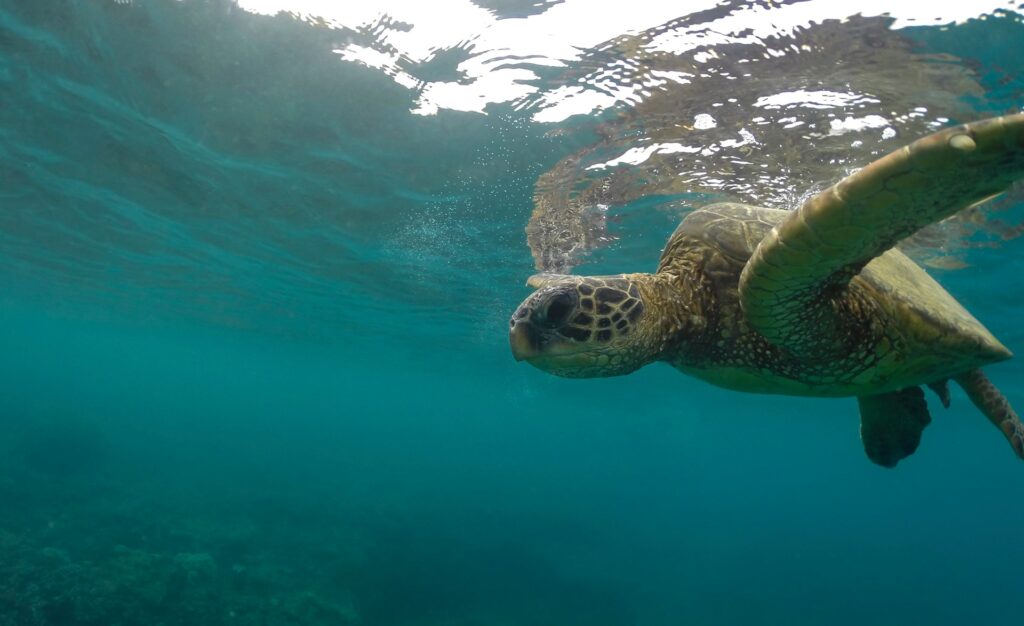
Reptile species with slow reproductive rates face particularly steep challenges when their populations begin to decline. Sea turtles, for instance, may take 20-30 years to reach sexual maturity, and even then, females typically nest only every 2-3 years.
This slow life history means that population recovery requires decades of successful conservation, even after threats are removed.
The Galápagos tortoise exemplifies this challenge, with some subspecies having declined so dramatically that recovery remains questionable despite intensive conservation efforts.
Species with low reproductive outputs also suffer more severely from egg harvesting, as every clutch lost represents a significant portion of that generation’s potential offspring.
The combination of delayed maturity, infrequent breeding, and small clutch sizes creates a reproductive bottleneck that makes population rebounds exceptionally difficult.
Habitat Specialization: When Adaptability Is Limited
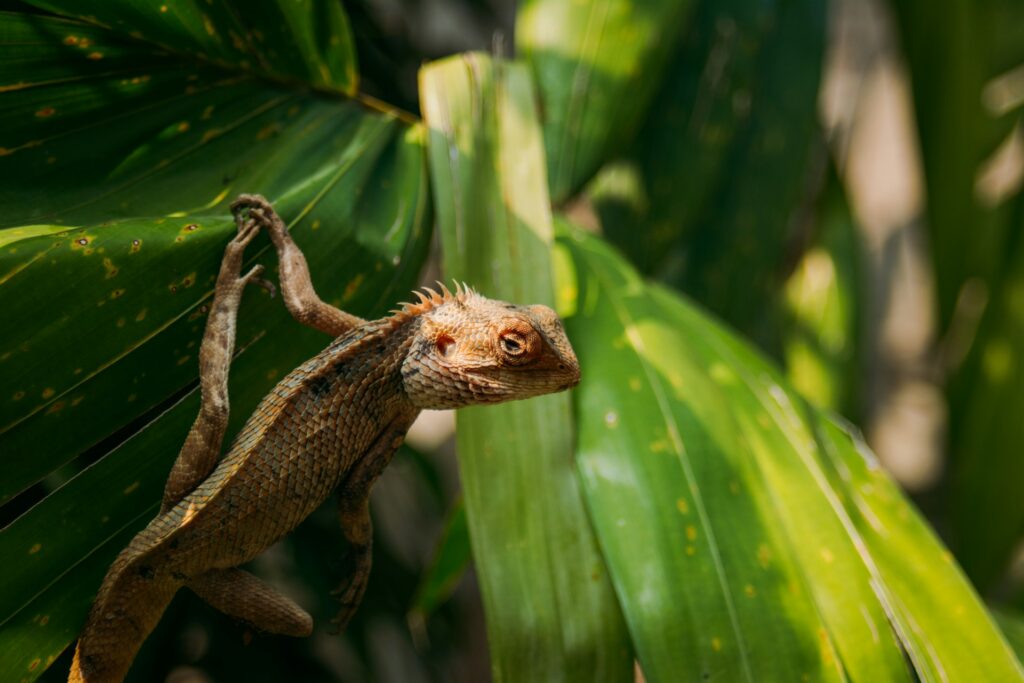
Highly specialized reptiles that have evolved to thrive in very specific environmental conditions face greater extinction risks when those habitats are altered.
The Etendeka round-headed lizard of Namibia, for example, lives exclusively on specific plateaus with unique thermal properties that match its physiological needs. Such specialized species cannot simply relocate when their preferred habitat disappears or changes.
Dietary specialists face similar challenges, as seen with the leaf-tailed geckos of Madagascar that depend on specific invertebrate prey found only in undisturbed rainforests.
When habitats are fragmented or degraded, these specialists often lack the behavioral plasticity to adapt to new conditions or food sources.
The inability to adjust to alternative habitats creates an ecological trap where species remain in increasingly unsuitable environments because they have nowhere else to go.
Climate Sensitivity: When Temperature Determines Survival
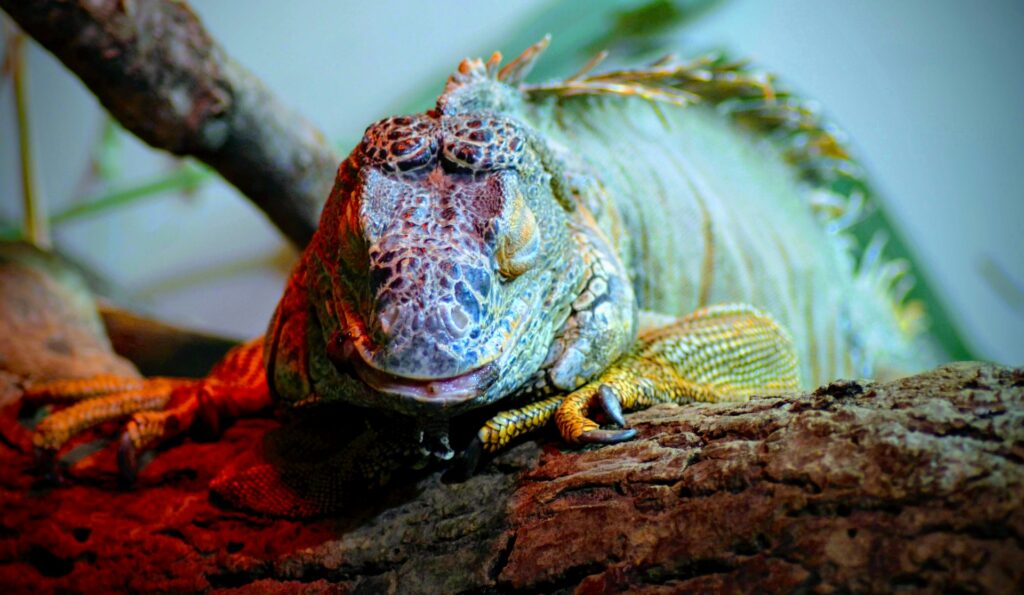
Many reptiles exhibit temperature-dependent sex determination, where the temperature at which eggs develop determines whether offspring will be male or female.
This reproductive mechanism makes these species particularly vulnerable to climate change, as even slight temperature increases can dramatically skew sex ratios.
For instance, studies on green sea turtles at the Great Barrier Reef have found some rookeries producing over 99% female hatchlings due to warming temperatures.
Beyond sex determination, climate change also affects reptiles through altered rainfall patterns, increased extreme weather events, and shifts in seasonal timing that disrupt breeding cycles.
Species with narrow temperature tolerances, like many high-altitude or polar reptiles, face additional risks as they have limited capacity to adjust to warmer conditions.
The inability to rapidly evolve new physiological adaptations means climate-sensitive reptiles often cannot keep pace with the current rate of global warming.
Commercial Value: The Price of Desirability

Reptiles with high commercial value face intensified extinction pressures due to targeted collection for the pet trade, traditional medicine, and luxury goods markets.
The ploughshare tortoise of Madagascar has been pushed to the brink of extinction primarily due to collection for the exotic pet trade, with fewer than 100 adults estimated to remain in the wild.
Widespread demand for reptile skin products continues to threaten crocodilians, pythons, and monitor lizards despite regulations attempting to ensure sustainable harvesting.
The medicinal trade presents another significant threat, with tokay geckos and various snake species heavily collected based on unfounded claims about their therapeutic properties.
Even when sustainable harvesting programs exist on paper, inadequate enforcement and high black market prices often undermine these protections, driving continued illegal collection of commercially valuable species.
Body Size Extremes: When Being Too Large or Too Small Increases Risk
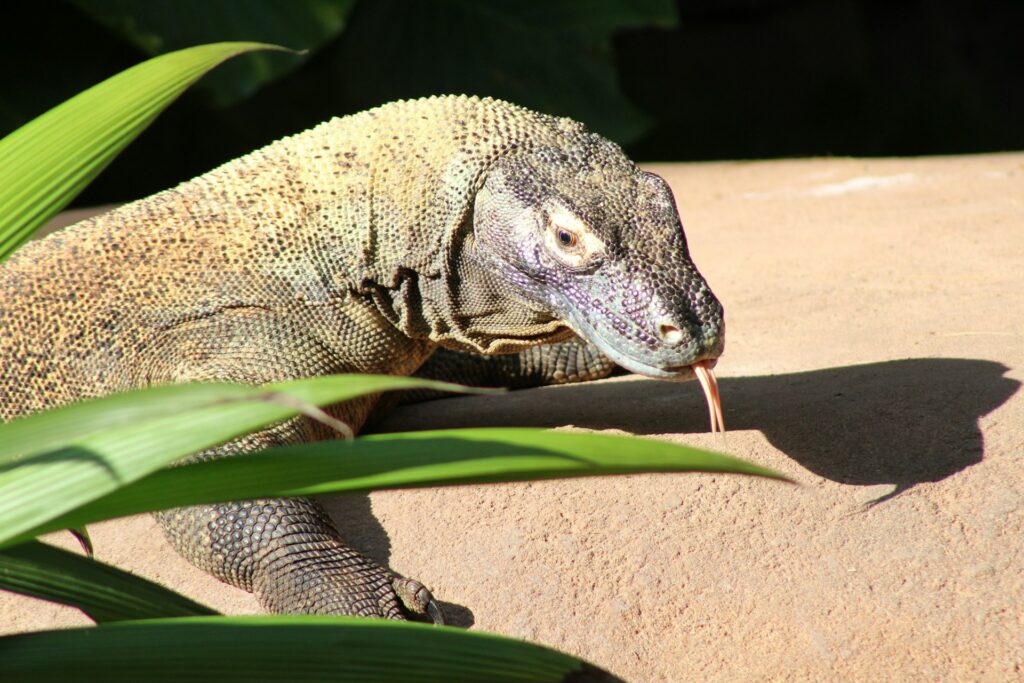
Reptiles at both extremes of the size spectrum often face heightened extinction risks, though for different reasons. Large-bodied species like Komodo dragons require extensive territories to support viable populations, making them exceptionally vulnerable to habitat fragmentation and human encroachment.
These larger reptiles also typically have slower life histories, including delayed maturity and lower reproductive rates, creating demographic challenges when populations decline.
At the other end of the spectrum, extremely small reptiles like the Virgin Islands dwarf gecko often have highly restricted ranges and specific microhabitat requirements that can be easily disrupted by even minor environmental changes.
Small-bodied species may also face greater predation pressure from invasive species and struggle to recover from population bottlenecks due to limited genetic diversity.
The correlation between body size extremes and extinction vulnerability highlights how life history traits and ecological requirements interact to determine species resilience.
Basking Behavior: When Sunning Becomes a Liability
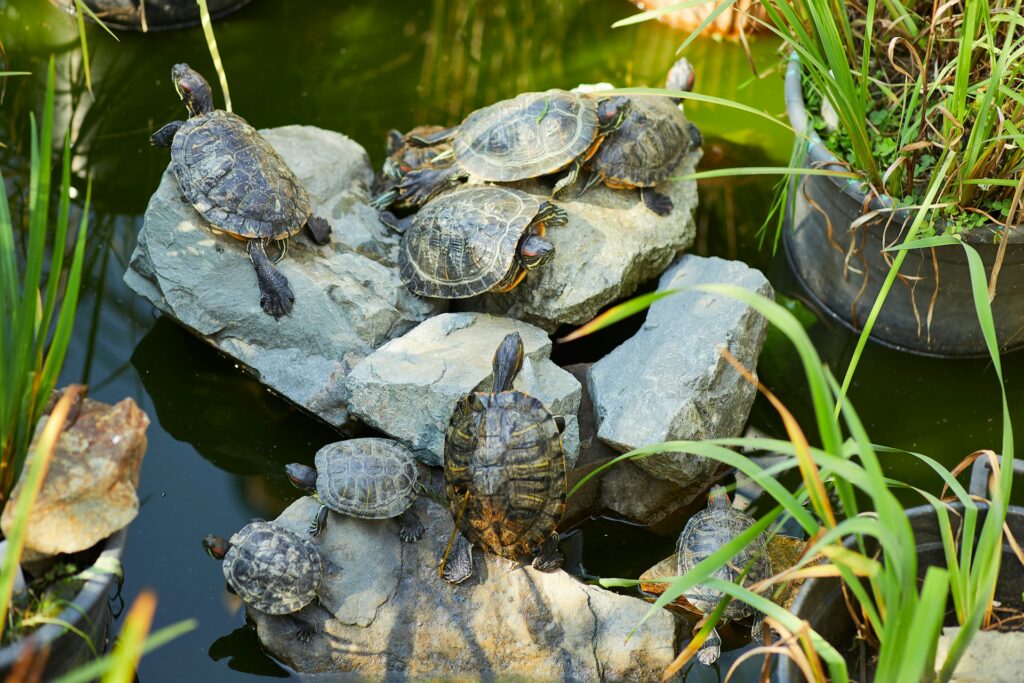
Many reptiles rely on basking behavior to regulate their body temperature, a requirement that can increase their vulnerability in human-altered landscapes.
Species that need to bask are more visible to predators and collectors and often must expose themselves in open areas where they face increased risks.
Road mortality disproportionately affects basking species like many snakes and turtles that are attracted to warm asphalt surfaces, leading to significant population declines in areas with high traffic density.
The timber rattlesnake in North America exemplifies this vulnerability, with populations fragmented by roads and individuals frequently killed while basking on warm surfaces.
Climate change further complicates this picture, as increasing temperatures may force some species to spend more time seeking shade rather than basking, potentially compromising their ability to hunt, digest food, and reproduce effectively.
The necessity of this thermoregulatory behavior creates an ecological trap in landscapes where suitable basking sites coincide with heightened mortality risks.
Limited Dispersal Ability: Trapped by Geography
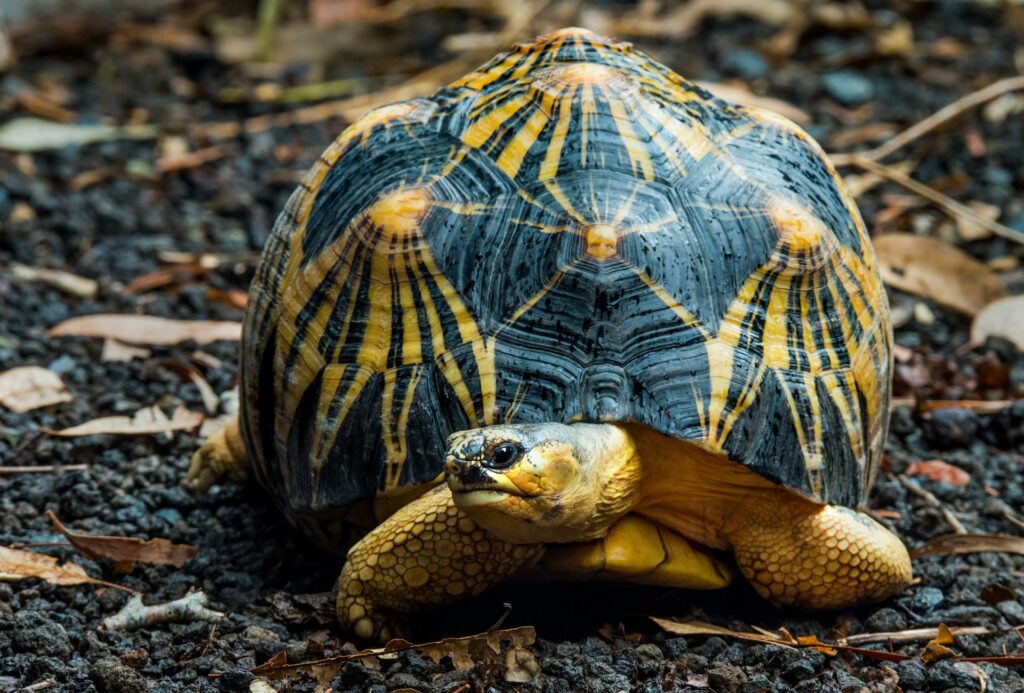
Species with poor dispersal capabilities face greater extinction risks because they cannot easily relocate when their habitats become unsuitable.
Many tortoise species, for example, have home ranges measured in acres rather than miles, making them unable to escape localized threats or respond to climate change by shifting their distributions.
The restricted mobility of these species often results in isolated populations that become increasingly vulnerable to genetic bottlenecks and stochastic events.
The Bermuda rock lizard demonstrates this challenge, as its inability to disperse across water bodies has confined it to a handful of islands where any localized disaster could eradicate entire populations.
Even relatively mobile species like certain snakes face dispersal limitations in fragmented landscapes where roads, agriculture, and urban development create insurmountable barriers between habitat patches.
The combination of habitat fragmentation and limited dispersal ability effectively traps these species in shrinking islands of suitable habitat, accelerating their decline.
Cultural Persecution: Victims of Human Fear and Superstition
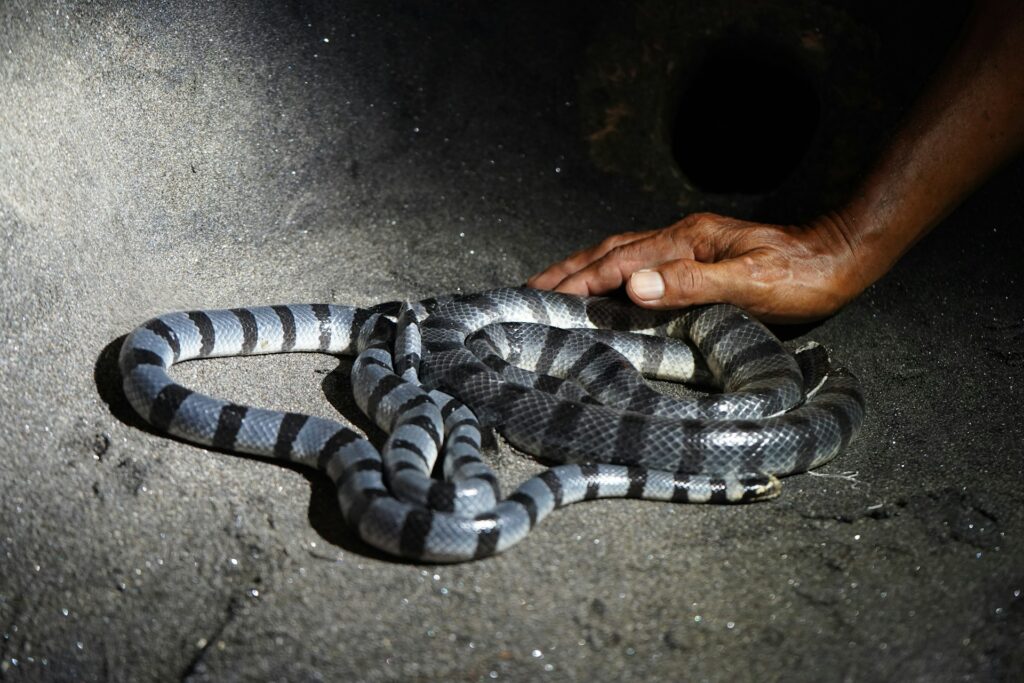
Reptiles that evoke fear or are culturally associated with negative superstitions face direct persecution that significantly increases their extinction risk.
Snakes perhaps suffer most severely from this phenomenon, with countless individuals killed indiscriminately regardless of whether they pose any actual threat to humans.
The distinctive appearance of the Gaboon viper, despite its generally non-aggressive nature, makes it a frequent target for killing across its range in Africa.
Cultural beliefs about the medicinal or supernatural properties of certain reptiles can also drive unsustainable harvesting, as seen with the heavy collection of tokay geckos based on unfounded claims about curing AIDS and cancer.
Religious practices sometimes encourage the capture and killing of specific reptile species, while others are targeted in misguided attempts to protect livestock or reduce perceived competition.
Unlike habitat loss or climate change, which affect many species indiscriminately, cultural persecution creates targeted pressure on specific reptiles that align with human fears or beliefs.
Invasive Species Vulnerability: Evolutionary Naïveté
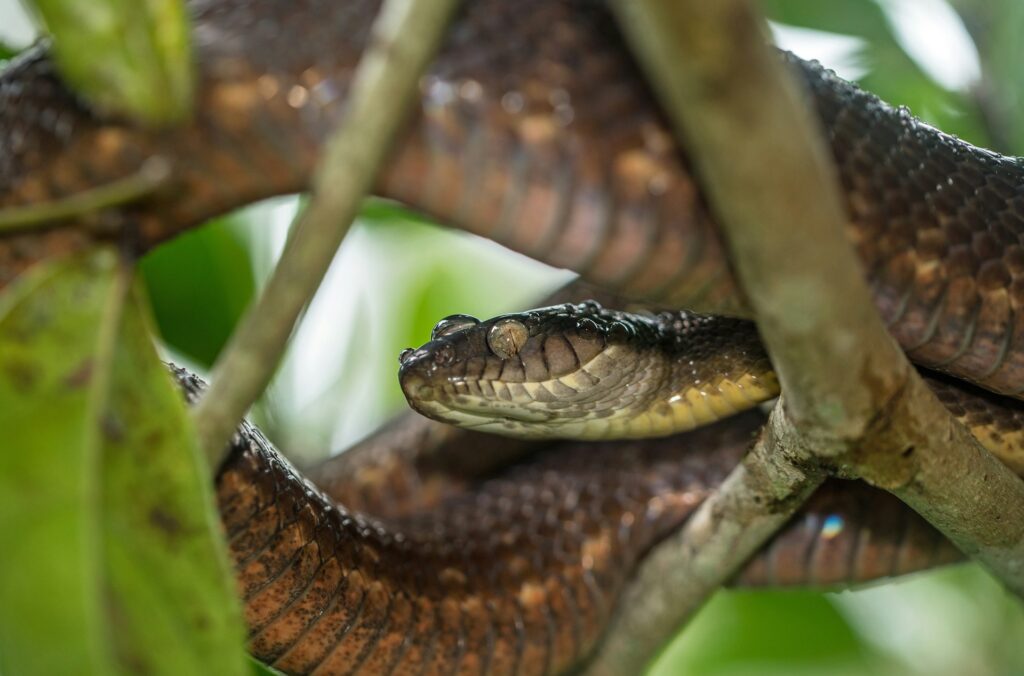
Reptiles that evolved in isolation from mammalian predators or certain competitors often lack appropriate defensive adaptations when invasive species arrive in their habitats.
The devastating impact of the brown tree snake on Guam’s native lizards exemplifies this vulnerability, as these species had no evolutionary history with snake predation and consequently lacked effective avoidance behaviors.
Similarly, the introduction of rats, cats, and mongooses to island ecosystems has decimated reptile populations that never evolved to recognize or escape these efficient predators.
Competition from invasive reptiles poses another threat, as seen with the Argentine black and white tegu outcompeting native reptiles in Florida by occupying similar ecological niches more efficiently.
Disease transmission from non-native species represents yet another risk factor, with emerging pathogens like snake fungal disease potentially spreading through wildlife trade and introduced populations.
The evolutionary naïveté of many reptiles to these novel threats makes them particularly susceptible to rapid population declines following invasive species introductions.
Complex Life Histories: When Different Life Stages Require Different Habitats
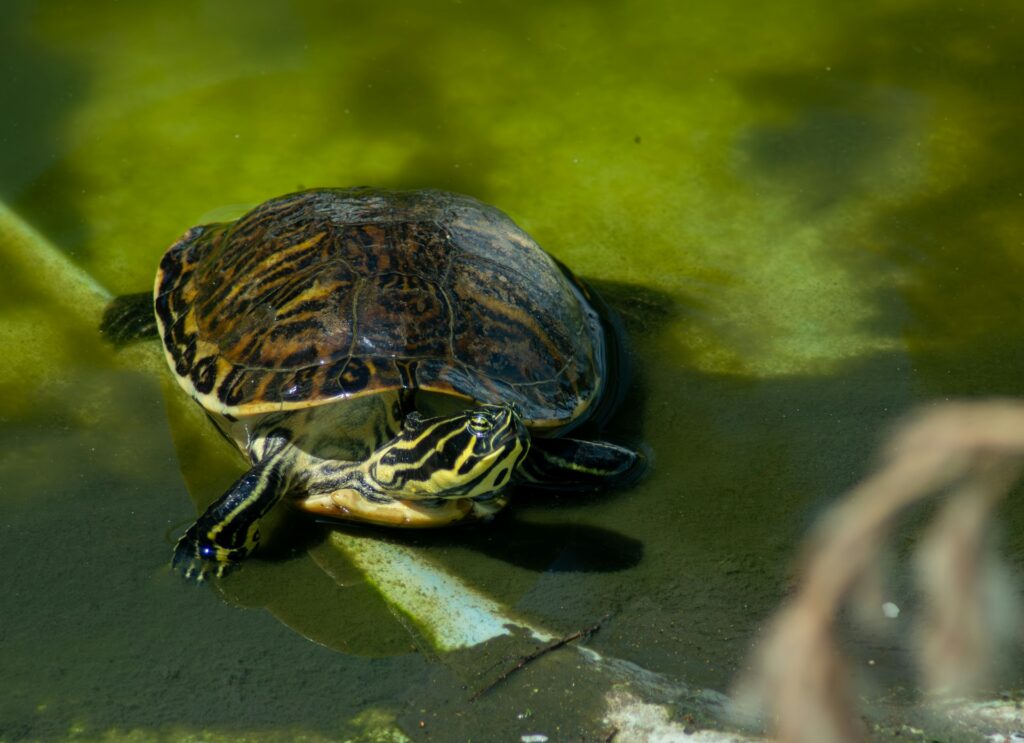
Reptiles with complex life histories that require multiple distinct habitat types face compounded extinction risks when any part of that habitat mosaic is disrupted.
Many freshwater turtles, for instance, need suitable aquatic environments for feeding and mating but also require specific terrestrial habitats with appropriate soil conditions for nesting.
The disruption of either habitat component can lead to reproductive failure even if adults continue to survive in remaining aquatic habitats.
The American crocodile demonstrates similar vulnerability, requiring undisturbed coastal mangroves for nesting but also needing access to freshwater for hatchlings that cannot tolerate extended exposure to saltwater.
Species that undergo seasonal migrations between different habitat types face additional risks from road mortality and habitat fragmentation that may sever corridors between these essential environments.
The complex ecological requirements of these species mean that effective conservation must protect entire habitat networks rather than focusing solely on core areas, making comprehensive protection much more challenging.
Conservation Charisma Gap: When Appearances Determine Protection
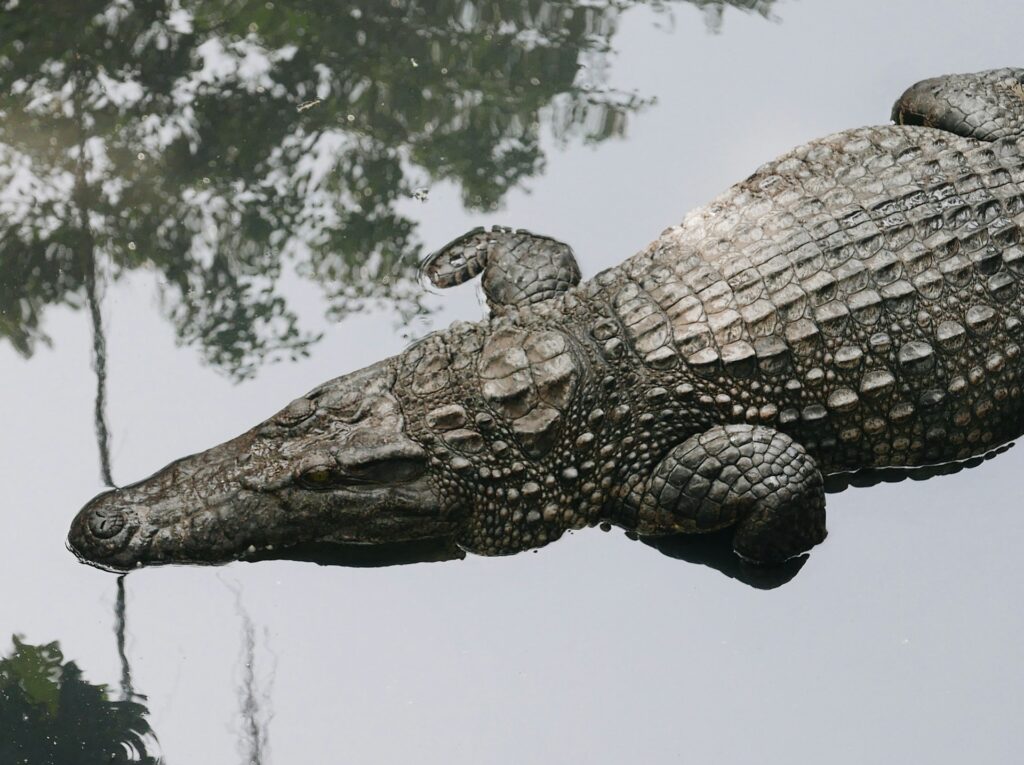
The “charisma gap” in conservation attention and funding significantly affects which reptile species receive protection, often leaving less appealing species more vulnerable to extinction.
Sea turtles and large crocodilians typically attract substantial conservation resources due to their charismatic appearance and cultural significance, while equally threatened snake and lizard species receive comparatively little attention.
This disparity is evident in funding patterns, with the Kemp’s ridley sea turtle recovery program receiving millions in support while the critically endangered Round Island boa struggles to secure basic monitoring resources.
Public attitudes toward different reptile groups heavily influence both governmental protection priorities and non-governmental conservation funding, creating an uneven landscape of protection.
The consequences of this charisma gap extend beyond direct conservation action to research investment, with many non-charismatic species remaining poorly studied despite potentially facing severe threats.
Without baseline data on population trends, habitat requirements, and threat impacts, effective conservation becomes nearly impossible for these overlooked species.
Successful Adaptation: Why Some Reptiles Thrive Despite Threats
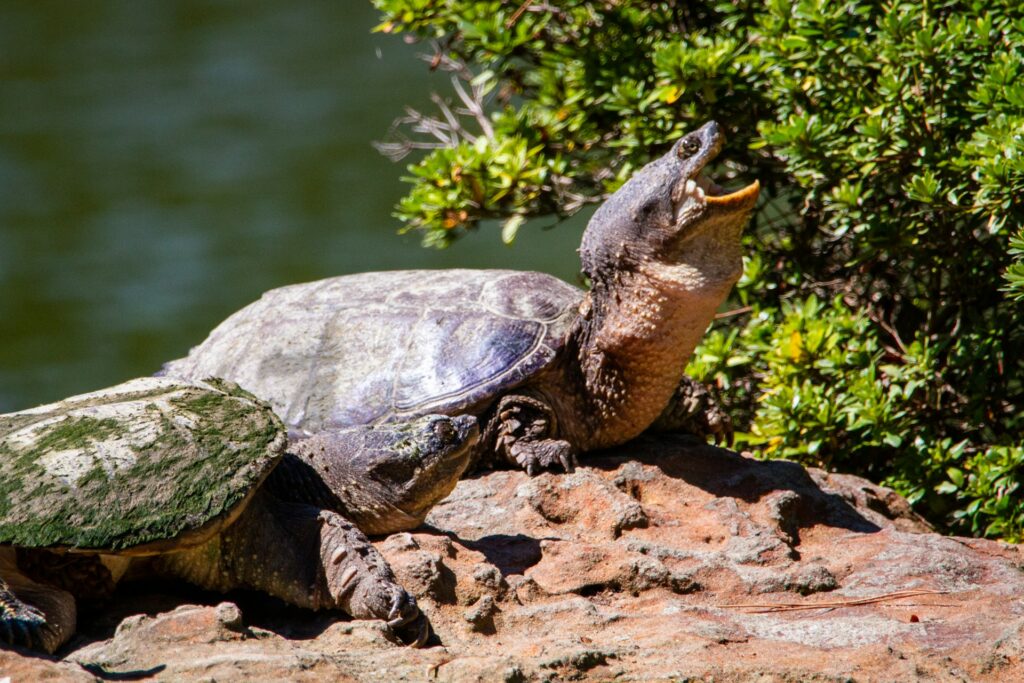
While many reptiles face serious extinction risks, others demonstrate remarkable resilience through specific traits that buffer them against modern threats.
Species with dietary flexibility, like the common snapping turtle that readily consumes everything from aquatic plants to carrion, can adjust their feeding strategies when preferred prey becomes scarce.
Behavioral adaptability plays an equally important role, as seen with green iguanas that have successfully colonized urban environments throughout their expanding range by utilizing artificial structures for basking and nesting.
High reproductive rates provide another buffer against extinction, allowing species like many geckos to maintain viable populations even under significant pressure from predation or collection.
The American alligator represents a conservation success story facilitated by these resilience factors—despite historical overhunting, its ability to utilize altered wetland habitats and produce large clutches of eggs enabled rapid population recovery once direct persecution decreased.
Understanding these success stories provides valuable insights for conservation strategies aimed at supporting vulnerable species that lack these natural resilience traits.
The plight of the world’s reptiles reflects a complex interplay of evolutionary history, ecological specialization, and human impact.
While some species have demonstrated remarkable resilience in the face of environmental change, others possess traits that make them particularly vulnerable in our rapidly transforming world.
From slow-reproducing island endemics to commercially valuable species and those with strict habitat requirements, the factors driving extinction risk vary widely across reptile lineages.
As we work to preserve reptile diversity, understanding these differential vulnerabilities allows for more targeted and effective conservation approaches.
Prioritizing protection for species with multiple risk factors, addressing the charisma gap in conservation funding, and learning from successful adaptations all represent essential strategies.
The future of reptile conservation depends on our ability to recognize and address these nuanced vulnerabilities while working to mitigate the broader environmental changes that threaten all biodiversity.


